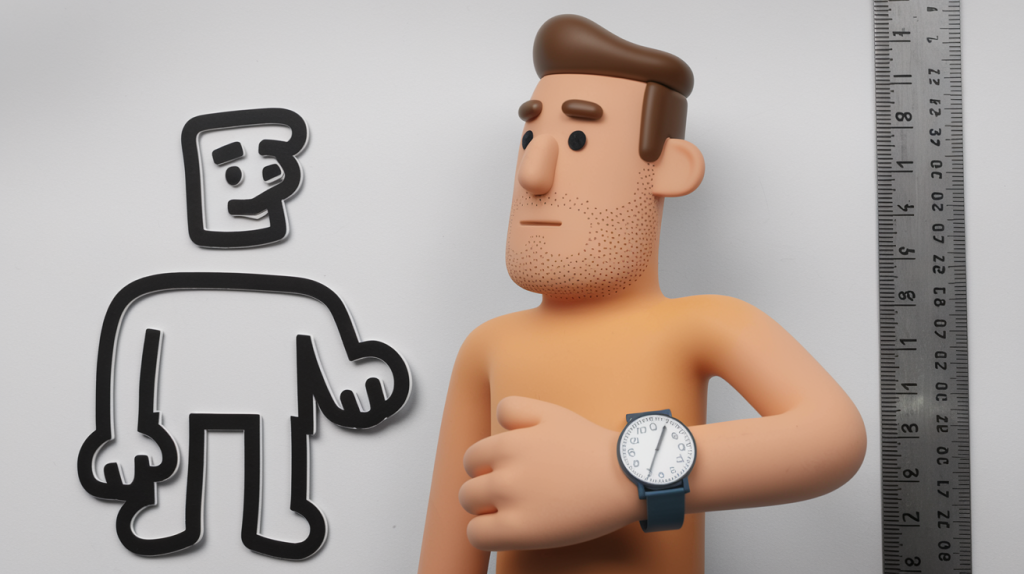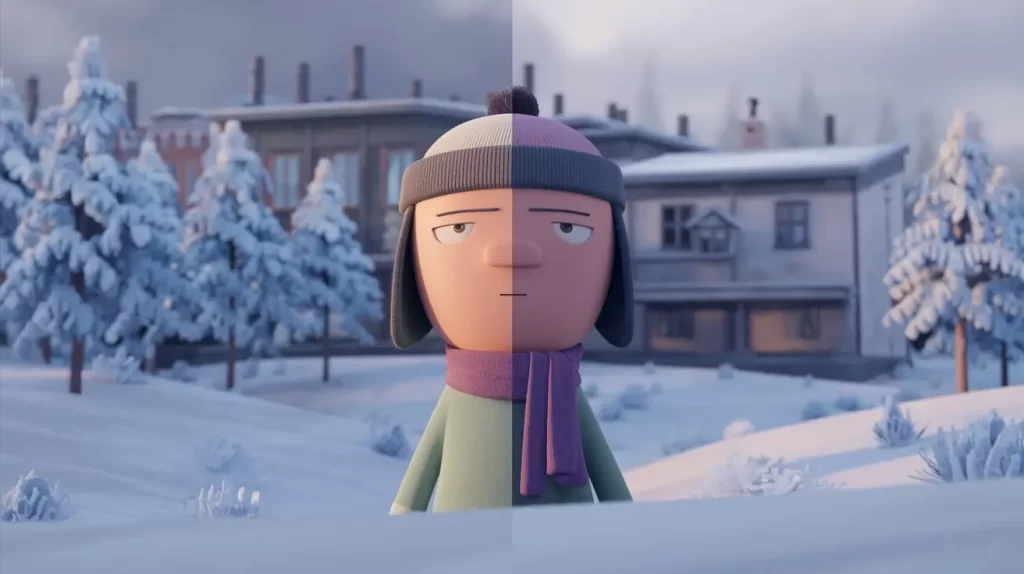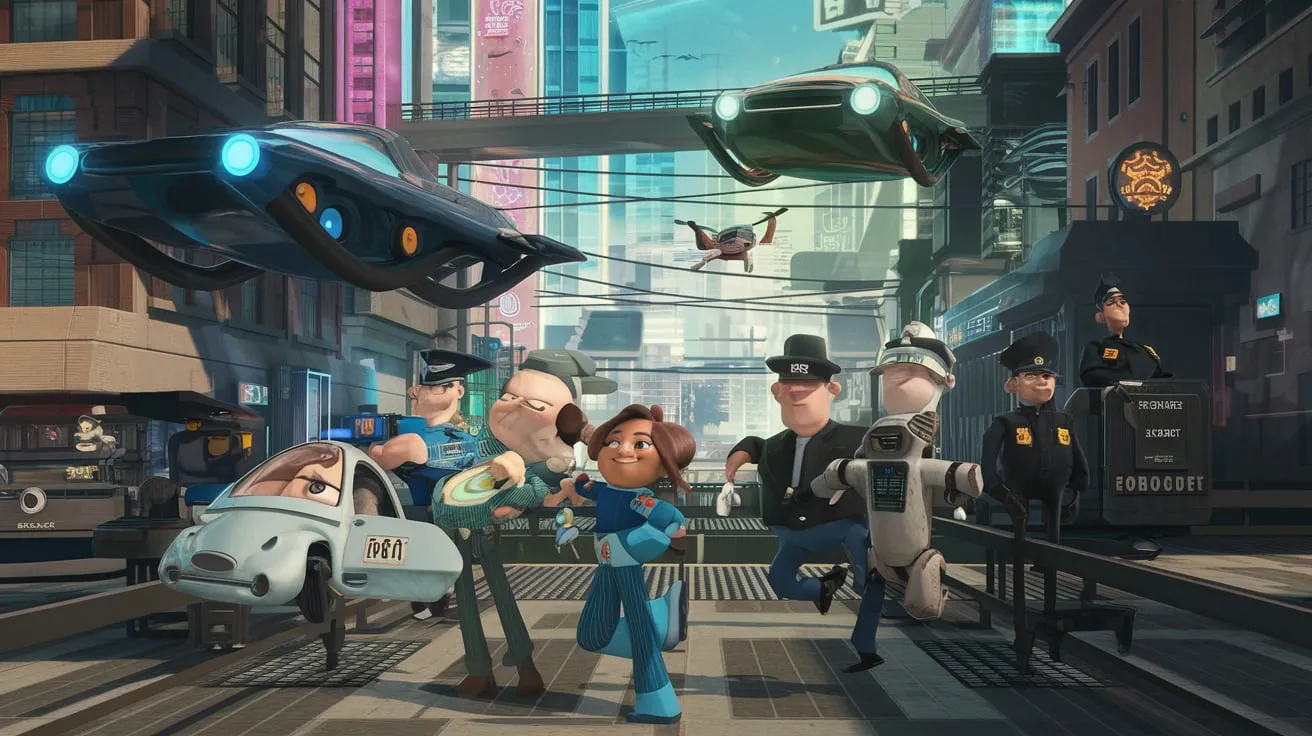When it comes to animation, 2D and 3D are two of the most widely recognized forms. Both have their distinct features, advantages, and applications, yet there is often confusion about what makes them so different. Whether you’re a creator, a viewer, or simply curious about animation, understanding the nuances between 2D animation and 3D animation is essential for appreciating their unique roles in the entertainment and media industries. We’ll explore the differences between 2D and 3D animation, delving into the artistic distinctions, the tools and technologies behind each, and how production time and costs compare. We’ll also look at why some creators prefer one over the other and examine the rise of hybrid animation, where both techniques are used in tandem.

What is 2D Animation, and How Does it Differ from 3D Animation?
At its core, 2D animation refers to two-dimensional animation, meaning the characters and environments are created on a flat plane. This type of animation focuses on height and width but lacks the depth of the 3D world. Historically, 2D animation has been the staple of traditional animation—think of iconic films like The Lion King or Snow White—and was primarily hand-drawn, frame by frame.
On the other hand, 3D animation involves creating characters and environments in three-dimensional space, adding depth and volume. This technique allows for more realistic movements and camera perspectives because objects can be manipulated on multiple axes. Movies like Toy Story and Frozen are examples of 3D animation in action.
The major difference, therefore, lies in the spatial dimension. 2D animation works within a flat space, while 3D animation manipulates digital models in a three-dimensional environment, offering more flexibility and realism.
Related Posts:
- The Process of Creating 2D Animation: From Concept to Completion
- Best 2D Animation Studios & Agencies
- What is 2D Animation? A Beginner’s Guide
Why Some Studios and Artists Prefer 2D Animation Over 3D, and Vice Versa
Over the years, both 2D and 3D animation have evolved to suit different storytelling needs, artistic visions, and production environments. Artists often prefer 2D animation for its nostalgic charm, artistic expressiveness, and its ability to convey emotions and moods with simplicity. For example, 2D animation allows for a more stylized and hand-crafted approach, making it ideal for works that require a unique visual style.
On the other hand, 3D animation is often preferred for its ability to create hyper-realistic environments, characters, and movements. It’s particularly suited for projects requiring intricate details, like feature films and video games, where creating depth and realism is paramount.
Some studios may also favor 2D animation for specific projects due to budget constraints or the need for faster turnaround times. Meanwhile, 3D animation may be favored for larger productions where high-quality, complex visuals are necessary.

Key Differences Between 2D and 3D Animation
The gap between 2D and 3D animation is more than just technical. It extends to artistic choices, production methods, and overall impact. Let’s break down the most important differences.
Artistic Differences: 2D’s Hand-drawn Look vs. 3D’s Depth and Dimension
One of the most noticeable differences between 2D and 3D animation is the artistic style. 2D animation has a distinct, flat appearance that often evokes a more whimsical or stylized look. It tends to focus heavily on drawing and design, emphasizing line work, color, and form. 2D animation also relies on frame-by-frame sequences to convey movement, which can add a certain handcrafted feel to the visuals.
In contrast, 3D animation offers a sense of depth and dimension that 2D animation cannot achieve. It allows for the creation of fully three-dimensional characters and environments, which can be rotated, zoomed, and viewed from any angle. This depth makes 3D animation ideal for films or games that require a high degree of realism or complex camera movements. While 2D animation often feels more abstract or artistic, 3D animation is typically more immersive and lifelike.
Technology and Tools: Different Software and Techniques Used for Each
Another key difference is the technology behind the two techniques. 2D animation traditionally relied on hand-drawn images, but today’s animators use software like Adobe Animate, Toon Boom Harmony, and Pencil2D to create animations digitally. These programs allow artists to draw and animate frame by frame, offering tools to enhance the artistic process.
Related Posts:
- Exploring 2D Animation Careers: Turn Passion into Profession
- The Process of Creating 2D Animation: From Concept to Completion
- Exploring Differences Between 2D and 3D Animation
In contrast, 3D animation is created using specialized software like Autodesk Maya, Blender, and Cinema 4D. These tools allow artists to design digital models, rig them for movement, and animate them in a 3D space. The 3D animation process requires understanding concepts like lighting, textures, and shading, which all contribute to the visual depth and realism of the animation.
Thus, the main difference lies in the software tools used, with 2D animation relying more on illustration-based programs, while 3D animation requires modeling, texturing, and simulation techniques.
Production Time and Costs: A Comparison of Time and Resources Required for Each Type
When it comes to production, 3D animation is often more resource-intensive than 2D animation. Creating 3D models and rendering them to look realistic can take up significant time and computational power. The complexity of rigging characters and the amount of detail needed in textures and lighting also increase the production time. As a result, 3D animation tends to have higher production costs, especially for larger projects like feature films.
2D animation, although labor-intensive in its own right (particularly with traditional hand-drawn techniques), is often faster to produce and requires fewer technical resources. While 2D animation can still be costly, it’s typically cheaper than 3D animation, especially when the style is less complex and doesn’t require as many effects or layers.
Is 3D Animation Easier or Cheaper Than 2D?
It’s a common misconception that 3D animation is always easier or cheaper than 2D animation. The reality is that both styles come with their own sets of challenges. 3D animation allows for more automation in terms of rigging and movement, but the initial modeling, texturing, and rendering can be time-consuming and expensive.
On the other hand, 2D animation is often more accessible for smaller teams or independent animators due to its less technical requirements. However, animating frame-by-frame in 2D can also be very time-consuming, especially for highly detailed scenes. For projects where style and artistic vision are more important than realism, 2D animation can be a more efficient and cost-effective choice.
Examples of Projects Where 2D is More Efficient or Suitable
Certain types of animation, particularly those requiring artistic styles that are more abstract, symbolic, or expressive, may be better suited for 2D animation. For instance, 2D animation is often the preferred choice for cartoons, web series, or projects with a nostalgic or retro feel, such as the early Disney films or Anime. These projects prioritize stylistic design, where depth and realism are less important than visual impact and storytelling.
Hybrid Animation – The Best of Both Worlds
In recent years, the lines between 2D and 3D animation have started to blur, giving rise to hybrid animation. This technique combines both forms to create visually dynamic content that blends the artistic flair of 2D with the depth of 3D. Hybrid animation is often used to create films that have a unique visual style, as seen in movies like Spider-Man: Into the Spider-Verse. This film used a mix of 2D animation for certain elements, such as comic book-style effects, and 3D animation for character movement and environments.
The rise of hybrid animation highlights how both 2D and 3D techniques can coexist and enhance each other to create something entirely new. By using 2D animation for expressive visuals and 3D animation for depth and movement, studios can create animations that stand out in a crowded marketplace.
FAQs
What is the main difference between 2D and 3D animation?
The primary difference between 2D animation and 3D animation lies in their dimensionality. 2D animation is flat and focuses on height and width, while 3D animation adds depth and volume to characters and environments.
Which is cheaper: 2D or 3D animation?
Generally, 2D animation is less expensive than 3D animation because it requires fewer resources and technical expertise. However, both have different costs depending on the complexity of the project.
Can 2D and 3D animation be combined?
Yes, hybrid animation is becoming more popular, where both 2D and 3D techniques are combined to create dynamic visual content. This is often used in films and shows that need both artistic flair and depth.
Which one is better for beginners, 2D or 3D animation?
For beginners, 2D animation may be a more accessible entry point because it often requires fewer technical skills and can be created with simpler tools.
Key Takeaways
In conclusion, both 2D animation and 3D animation have their own unique advantages and challenges. 2D animation offers a distinct artistic look and is often more accessible, while 3D animation provides depth and realism, making it ideal for larger-scale projects. Understanding the differences between the two helps creators choose the right approach for their project and artistic goals.
- 2D animation is flat, hand-drawn, and stylized, while 3D animation adds depth and volume, creating more lifelike visuals.
- 3D animation is generally more resource-intensive and expensive, while 2D animation tends to be faster and cheaper to produce.
The rise of hybrid animation shows that both techniques can be combined for a more dynamic visual experience.
